When Crossing Paths: Give Way Vessel's Responsibility Explained
Navigating the waterways can be a complex task, especially when it comes to understanding the rules and responsibilities of different vessels. One crucial aspect to remember when crossing paths with other boats is the concept of the "give-way" vessel. This term refers to the boat that must yield to another vessel to avoid a collision. Understanding and abiding by this rule is of utmost importance to ensure safe and efficient navigation.
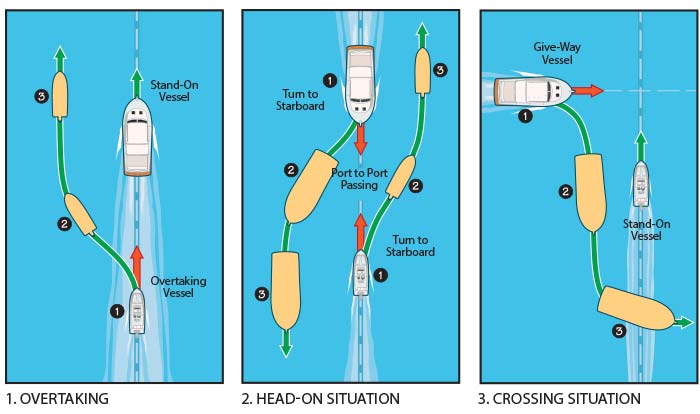
There are specific guidelines to determine which vessel should give way in various situations. The general rule states that the vessel approaching from the port (or left) side is the give-way vessel, and it carries the responsibility of avoiding a collision. This is supported by both international and inland navigation rules. As a give-way vessel, it is essential to take early and substantial action to keep well away from other boats. This can be done by stopping, slowing down, or changing course to pass behind the other vessel, ensuring that the course and speed changes are large enough to be evident to other boaters.
Key Takeaways
- The give-way vessel is responsible for avoiding collisions by taking early and substantial action.
- Both international and inland navigation rules indicate that the vessel approaching on the port (left) side must yield to the other.
- Actions such as stopping, slowing down, or changing course are essential for the give-way vessel to ensure the safety of all boats involved.
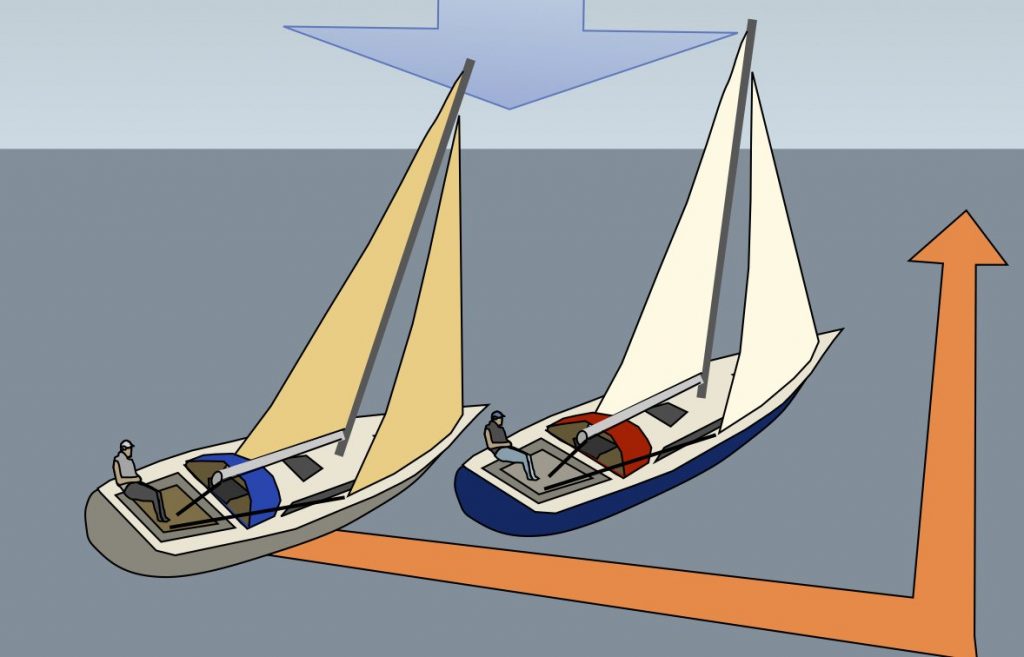
Basics of Maritime Navigation
Maritime navigation requires a clear understanding of the responsibilities of each vessel when crossing paths. One of the most important concepts involved is the give-way vessel's responsibility, which refers to the specific actions a vessel must take to avoid collisions on the water.
In order to ensure safety, boaters must be knowledgeable about the navigation rules, commonly known as the Rules of the Road. These rules apply to all vessels navigating on the water and are designed to help prevent collisions and other accidents. These rules cover the right of way, maintaining course and speed, and various other elements essential for safely navigating the waters.
When two vessels cross paths, one is designated as the give-way vessel, while the other is the stand-on vessel. The give-way vessel is responsible for taking early and substantial action to avoid a collision, including stopping, slowing down, or changing its course. Any change in course or speed should be easily noticeable by the stand-on vessel. On the other hand, the stand-on vessel must maintain its course and speed to assist the give-way vessel's maneuvering.

Certain situations may impact the navigation rules and the assignment of the right of way. For example, commercial vessels often have priority over smaller boats, especially in a narrow channel. Additionally, vessels not under command or restricted in their ability to maneuver are given priority, as they may be unable to follow the standard navigation rules effectively. Boaters must be mindful of these situations and adapt accordingly to ensure safe navigation.
In conclusion, understanding the give-way vessel's responsibility is essential for safe maritime navigation. By following the rules of the road, maintaining course and speed when required, and being aware of other vessels' rights of way, boaters can significantly reduce the risk of collisions and other accidents on the water.
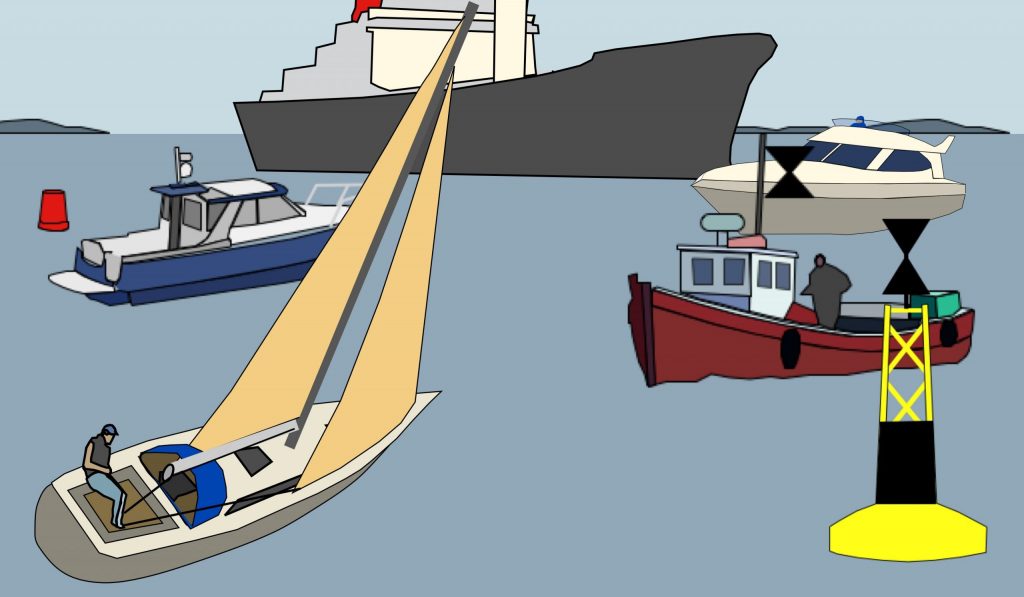
Vessel Types and Roles
Power-Driven Vessels
Power-driven vessels are boats or ships propelled primarily by engines, such as motorboats, yachts, and tugboats. In most cases, power-driven vessels are considered the give-way vessel when encountering other types of vessels, especially during overtaking situations. Vessel operators are responsible for taking early and substantial action to avoid a collision, whether by stopping, slowing down, or changing course1.
Sailing Vessels
Sailing vessels are those powered primarily by the wind, such as sailboats. Sailboats are typically considered the stand-on vessel when interacting with power-driven vessels2. However, if a sailing vessel approaches another from its starboard (right) side, it becomes the give-way vessel and is obligated to keep out of the other vessel's way3. When sailing upwind, a vessel with its mainsail on the port (left) side is considered the give-way vessel compared to a vessel with its mainsail on the starboard side4.
Commercial Vessels
Commercial vessels include large ships like cargo ships, tankers, and cruise liners. These vessels often have restricted maneuverability due to their size and are usually considered stand-on vessels. When two commercial vessels approach each other, vessel operators should follow standard navigation rules, with the vessel on the starboard side being the stand-on vessel and the one on the port side being the give-way vessel5.
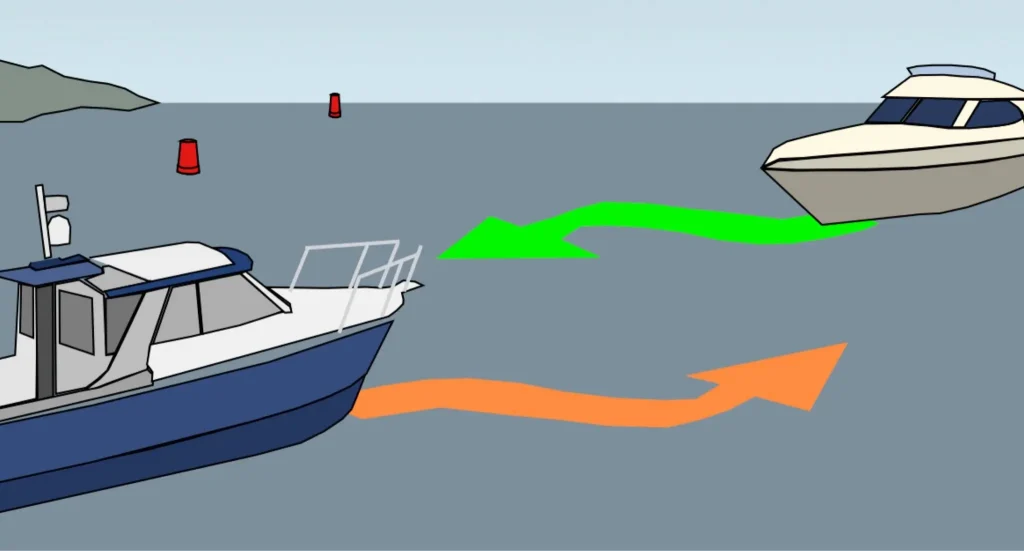
Fishing Vessel Responsibilities
Fishing vessels engaged in fishing activities have unique responsibilities in navigation. If their fishing gear restricts maneuverability, they are considered the stand-on vessel6. However, if their fishing gear does not restrict maneuverability, such as with trolling lines, they assume the same responsibilities as other power-driven vessels7. Fishing vessel operators should always maintain a proper lookout and use sound signals to communicate with nearby vessels8.
Interpreting Sound Signals
Sound signals are essential in navigation to convey the intentions of vessel operators. A short blast typically indicates an intention to turn to starboard (right), while two short blasts indicate a turn to port (left). In overtaking situations, the overtaking vessel may use sound signals to alert the stand-on vessel of its intentions. The stand-on vessel may respond with the same sound signals to confirm understanding. Vessel operators should familiarize themselves with sound signals and use them appropriately in navigation9.
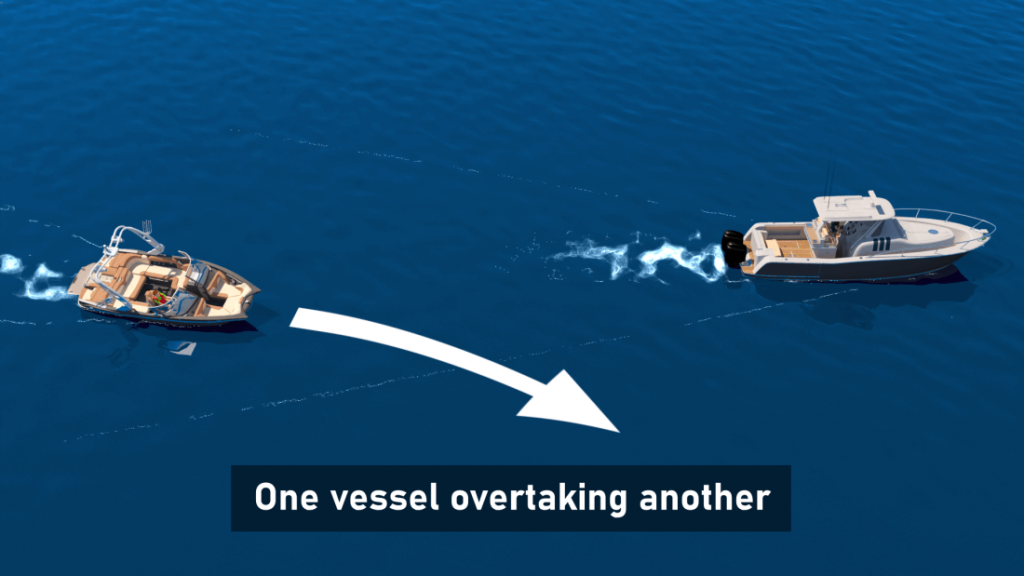
Understanding Right of Way
When navigating the waters, it is crucial to understand the responsibilities of the give-way vessel in order to maintain safety for all. The give-way vessel is responsible for yielding the right-of-way to the stand-on vessel, which has the privilege to maintain its course and speed. In essence, the job of the give-way vessel is to maneuver in a way that will avoid a collision.
During crossing situations, boats must follow certain rules to determine which vessel should be designated as the give-way vessel. A common rule, often referred to as the port-to-port rule, is applicable when two power-driven vessels are approaching each other at right angles or close to right angles. In this scenario, the vessel on the right, known as the stand-on vessel, has the right of way, while the other vessel, the give-way vessel, must take necessary actions to change its course and avoid a collision.
The give-way vessel should perform clear and prompt maneuvers to indicate their intention to yield. This might involve slowing down, stopping, or even reversing to allow the stand-on vessel to pass safely. It is essential to make these actions noticeable to the stand-on vessel so that both parties are aware of each other's intentions.
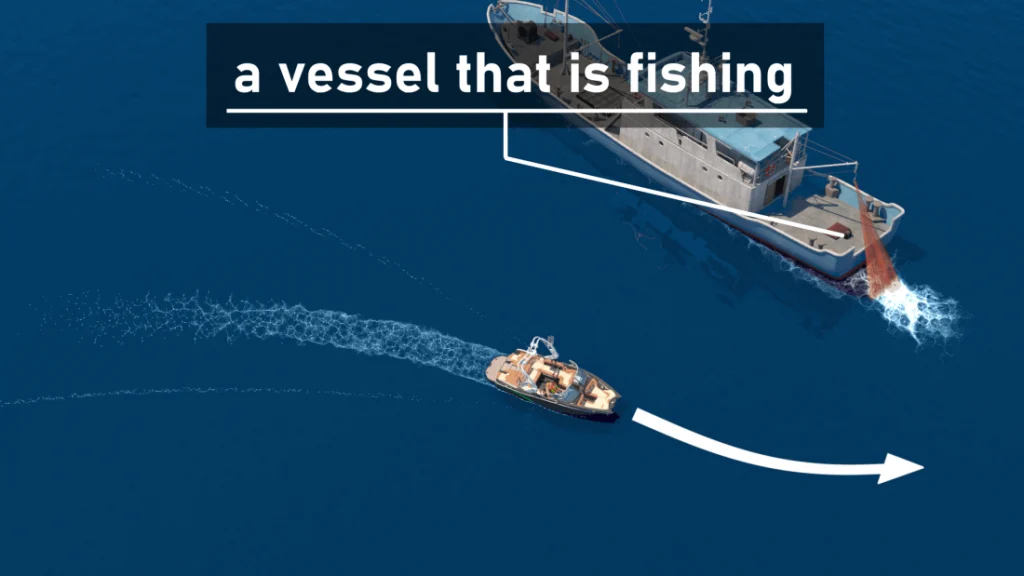
In addition to altering speed and course, the give-way vessel may use sound signals to communicate its intentions. For instance, if the give-way vessel intends to pass port-to-port with the stand-on vessel, it can signal with one short blast, notifying the stand-on vessel of its plan to turn starboard and avoid crossing paths.
By adhering to these right-of-way rules and responsibilities, give-way vessels play a vital role in fostering safety and preventing collisions on the water. As a boater, it is essential to maintain a clear understanding of these regulations and always be prepared to act accordingly.
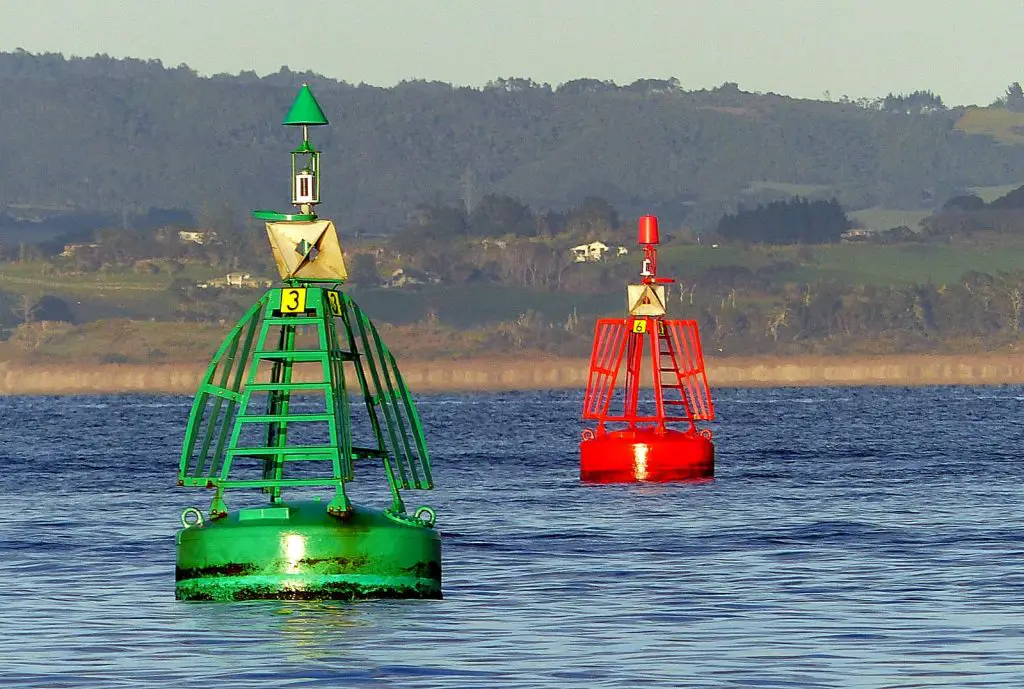
Essential Seamanship
In the realm of boating, it is crucial for all mariners to be well-versed in the responsibilities and rules that govern encounters with other vessels. One of the key aspects of seamanship is understanding the concept of give-way and stand-on vessels when crossing paths with other boats.
A give-way vessel, as the name suggests, has the responsibility to take early and substantial action to avoid a collision with the stand-on vessel. This includes altering its course or speed to maintain a safe distance from the other vessel. It is essential for the give-way vessel to avoid crossing in front of the stand-on vessel, as this can lead to dangerous encounters.
Moreover, the give-way vessel must be vigilant and maintain a proper lookout to assess the situation around it. This involves watching for approaching vessels on both the port and starboard sides, as well as monitoring the current and other factors that may influence its maneuverability.
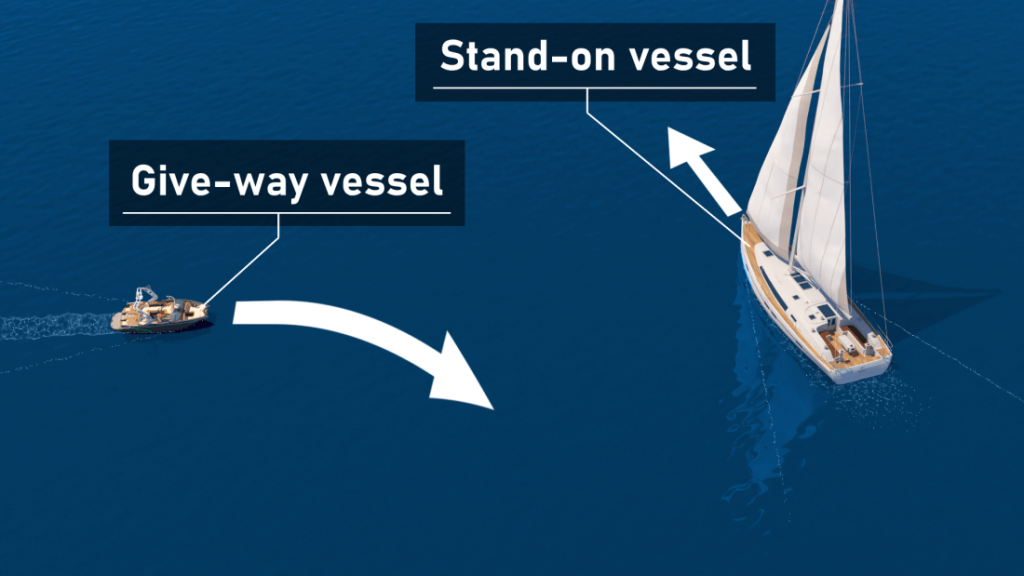
When approaching a crossing scenario, it is important to identify whether the encountered vessel is on the port or starboard side. If the other vessel is on the starboard side, the give-way boat should take action to avoid crossing the path of the stand-on vessel. Signal with one short blast to indicate the intention to cross port-to-port and then turn starboard to avoid a collision. In a head-on situation, both vessels should alter their course to starboard to pass each other port-to-port.
On the other hand, if the other vessel is on the port side, the boat should maintain its current course and speed, ensuring to keep clear of the stand-on vessel. In case the give-way vessel needs to pass behind the stand-on boat, it should maneuver appropriately to maintain a safe distance, taking into account factors such as the current and available maneuverability.
By adhering to these rules and demonstrating proper seamanship, mariners can ensure the safety of their vessels and those around them. Navigating the waters with confidence, knowledge, and a clear understanding of one's responsibilities as a give-way or stand-on vessel will greatly reduce the risk of collisions and maintain a harmonious environment at sea.

Collision Avoidance Tactics
When two vessels are crossing paths, it is crucial for both parties to understand and adhere to the collision avoidance rules to minimize the risk of collision. The give-way vessel has specific responsibilities that play a significant role in ensuring safe navigation.
The primary responsibility of the give-way vessel is to take early and substantial action to keep clear of the stand-on vessel. This requires the give-way vessel to alter its course and/or speed in such a manner that it is evident to the stand-on vessel that there will be no collision. Depending on the situation, the give-way vessel may need to slow down, stop or change its course significantly to ensure a safe pass.
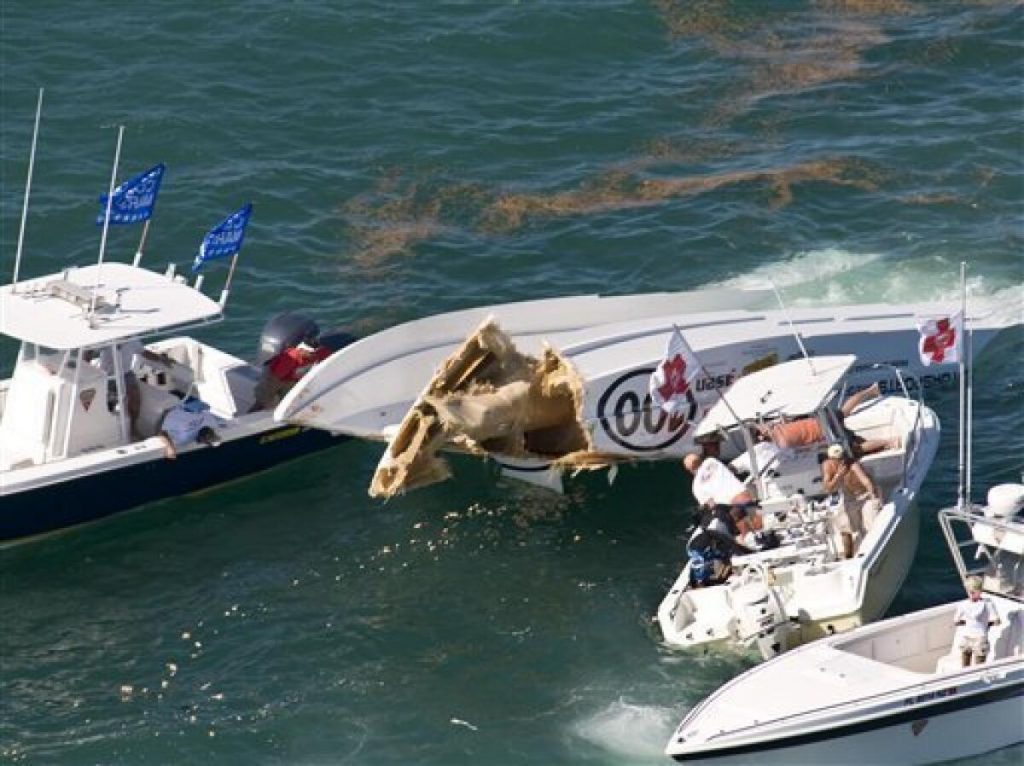
Another critical aspect of collision prevention is to avoid crossing in front of other vessels. The give-way vessel must ensure that it takes necessary actions to avoid creating a crossover situation which could escalate the risk of collision. Timely communication of intentions is essential for the smooth coordination between vessels in close proximity.
Moreover, adhering to collision regulations plays a vital role in preventing accidents at sea. These regulations, also known as navigation rules or "rules of the road," provide a framework for how different types of vessels must interact in various situations, including crossing the paths. Familiarity with these regulations can help give-way vessels promptly identify the correct course of action when required.
In summary, the give-way vessel's responsibility when crossing paths involves taking early and substantial action, avoiding crossing in front of other vessels, and adhering to collision regulations. By diligently following these rules, mariners can significantly reduce the risk of collision and ensure the safety of their vessels and crew.

Specific Scenarios and Handling
Crossing Situation
In a crossing situation, the give-way vessel must take early and substantial action to keep safe distance and avoid crossing paths with the stand-on vessel. The give-way vessel may need to slow down, change course, or even stop to prevent a collision. The stand-on vessel, on the other hand, should maintain its course and speed unless it becomes apparent that the give-way vessel is not taking appropriate action.
Meeting Head-On
When meeting head-on, both vessels share the responsibility of taking action to avoid a collision. They should alter their course to starboard (right) and pass port-to-port (left) of each other, ensuring a safe distance between the two vessels. If the situation remains unclear, both vessels should signal their intentions and communicate with each other to determine the correct action.
Overtaking another Vessel
In an overtaking situation, the vessel trying to overtake another is considered the give-way vessel. It must take substantial action to ensure it passes at a safe distance and does not create a dangerous situation for the vessel being overtaken. Usually, this involves passing the other vessel on its port side (left) and maintaining a sufficient speed to clear its stern (back) quickly.
Restricted Visibility Conditions
During restricted visibility conditions, both vessels should proceed with extra caution and at a safe speed. They must continually sound signals to alert nearby vessels of their presence. If radar is available, they should take advantage of it to detect any approaching vessels and take appropriate measures to avoid a collision.
Safe Speed and Traffic Density
In situations with high traffic density, it is crucial that the give-way vessel maintains a safe speed to allow enough time and space for maneuvering. The give-way vessel should carefully assess the overall traffic situation and alter its course and speed according to its observations. When necessary, the vessel should reduce its speed to allow for a safer and more controlled maneuver around other vessels.

Legal and Regulatory Considerations
The responsibility of a give-way vessel when crossing paths with another vessel is an essential aspect of maintaining safety on the water. Several regulations and rules govern these responsibilities for different types of waterways, including inland rules, international rules, Great Lakes, and western rivers.
Under both International and Inland Rules, if two power-driven vessels are crossing each other, the vessel that has the other on its starboard side must take early and substantial action as the give-way vessel to keep out of the way. The primary purpose of the give-way vessel is to avoid a collision, which involves slowing down, stopping, or changing course.
On the Great Lakes and western rivers, the same general principles found in the international and inland rules apply to give-way vessel responsibilities. The give-way vessel is required to take substantial action to prevent any crossing or collision. As part of these actions, the give-way vessel must signal its intentions to the other vessel, typically using one short blast to indicate that it will cross port-to-port.
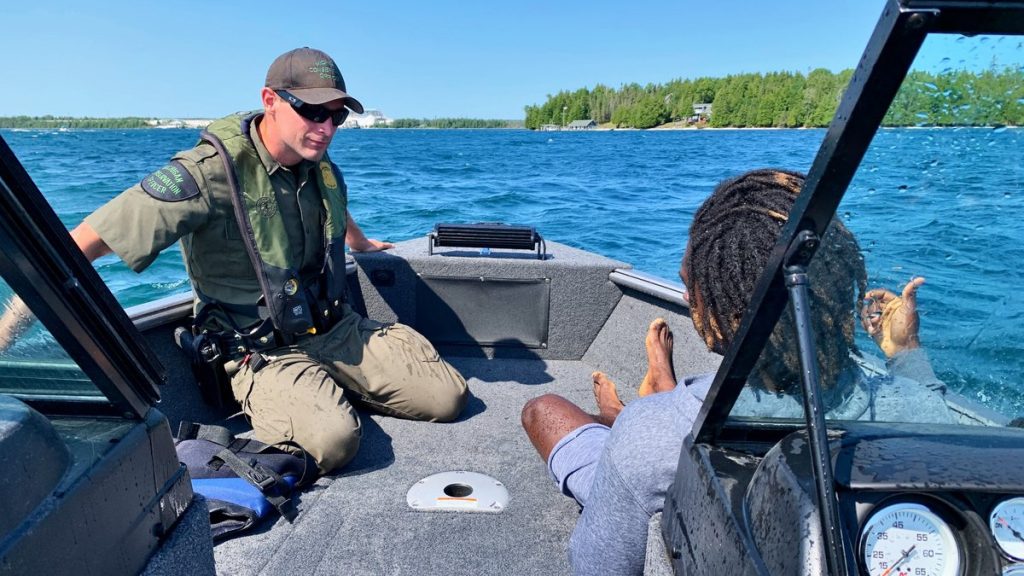
Adherence to these rules and regulations is crucial for ensuring safe navigation and reducing the risk of accidents on the water. Failure to follow them can result in legal liabilities and substantial fines for give-way vessels that do not act to prevent collisions. Therefore, it is in the best interest of all boaters to be familiar with and comply with these regulations when on the water.
By following the established inland, international, and regional rules for give-way vessel responsibilities, boaters can help maintain a safe environment for all watercraft and ensure enjoyable experiences on the water for everyone.

Safety Precautions and Neglect
When crossing paths with another vessel, understanding the responsibilities of the give-way vessel is crucial for maintaining safety on the water. According to the U.S. Coast Guard, the give-way vessel is responsible for taking early and substantial action to keep well away from other vessels by stopping, slowing down, or changing course. This helps avoid collisions and ensures a smooth sailing experience for everyone involved.
It is essential for boaters to take proper precautions, which include maintaining a proper lookout. A proper lookout allows boat operators to make informed decisions based on the movements of other vessels and weather conditions. Not paying attention to the surroundings or failing to maintain a proper lookout is considered negligence, which can result in accidents and severe consequences.
Some precautions that can be taken to ensure safety and avoid neglect include:
- Monitoring the surroundings: Keep an eye on navigational aids such as buoys, lights, and channel markers. Pay attention to the positioning of the sun and other environmental factors that may affect visibility.
- Using navigation equipment: Make use of radar, GPS, compass, and other navigation tools to ensure the accurate position and course of both the vessel and nearby boats.
- Maintaining communication: Use proper communication channels such as VHF radio, whistle signals, or even visual signals to communicate intentions and actions with other vessels to prevent misunderstandings or miscalculations.
- Adhering to navigation rules: Familiarize oneself with established navigation rules, like the Rules of the Road, which dictate the responsibilities of both give-way and stand-on vessels in various situations.
Neglecting these precautions can lead to dangerous situations and even legal ramifications. The consequences of neglect can range from damage to property and personal injuries to penalties imposed by the U.S. Coast Guard or other maritime authorities.
In conclusion, by taking proper precautions and adhering to established navigation rules, boaters can ensure the safety of themselves and other vessels on the water. It is a shared responsibility to avoid negligence and promote a secure marine environment for everyone to enjoy.
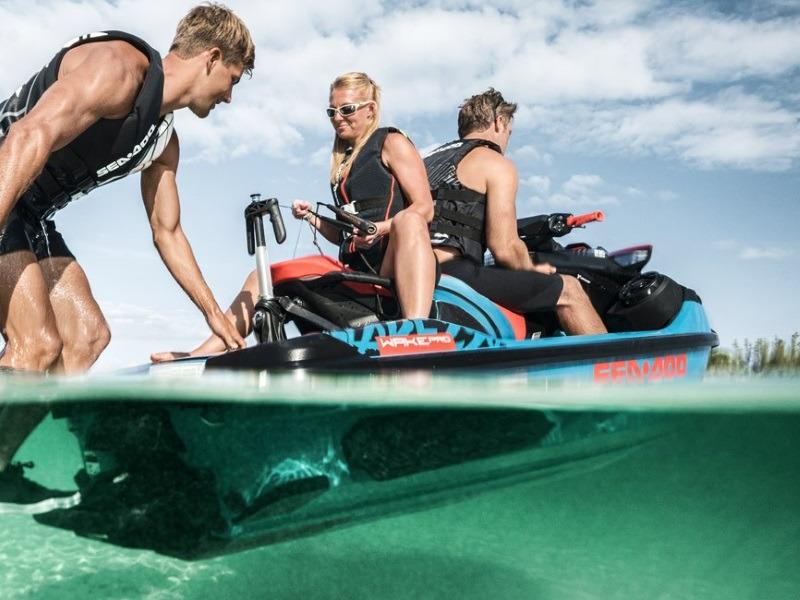
Learning and Testing
Boating safety is paramount to ensuring enjoyable and secure experiences on the water. To become knowledgeable and confident in the rules of the nautical road, it is essential to learn and test those rules. One crucial aspect of these rules involves understanding the responsibilities of the give-way vessel when crossing paths with other boats.
Learning about the give-way vessel's responsibilities can be achieved through various educational resources, such as online courses, books, and practical training. Boater's Academy, for instance, offers a Navigation Rules course that covers the basics of boat navigation, including the give-way vessel's role. Becoming familiar with these concepts will help aspiring boaters build a strong foundation for navigation and enhance their overall understanding of maritime rules.
Testing is a critical component of the learning process. By assessing one's knowledge through quizzes and exams, individuals can ensure they retain the essential information needed for safe boating. An example of such an assessment is the boaters quiz, which includes multiple-choice questions on topics like the give-way vessel's responsibilities. Regularly taking these quizzes helps solidify the understanding of navigation rules while highlighting any weaknesses or gaps in knowledge.
Moreover, an essential component of boating exams is the Navigation Rules section. Prospective boating license holders must demonstrate their understanding of the give-way vessel's responsibility when crossing paths with other boats. This crucial aspect of the boating exam ensures that everyone on the water has a firm grasp of the rules and knows how to respond in various maritime situations.
In conclusion, embracing the learning and testing process is vital for mastering the give-way vessel's responsibility while crossing paths with other boats. By taking advantage of various educational resources, quizzes, and boating exams, individuals can develop the necessary knowledge and confidence to navigate the waters safely.

Frequently Asked Questions
What actions must a give way vessel take to avoid collisions?
A give-way vessel must take early and substantial action to keep well away from other vessels by stopping, slowing down, or changing course. The vessel should avoid crossing in front of other vessels, and any change of course and/or speed should be large enough to be readily apparent to another vessel.
How should two power-driven vessels respond in a head-on situation?
When two power-driven vessels are approaching each other head-on, both vessels should alter their course to starboard (right) so that they pass on the port (left) side of the other vessel. This maneuver helps avoid collision and ensures a safe passage for both vessels.
Which vessel has the right of way between a sailboat and a power-driven vessel?
In general, a power-driven vessel should give way to a sailboat under sail, as the sailboat may have limited maneuverability. However, there are some exceptions when a sailing vessel must give way to a power-driven vessel, such as when the power-driven vessel is fishing or restricted in its ability to maneuver.
How should a vessel operator behave when entering a 'No Wake' zone?
When entering a 'No Wake' zone, a vessel operator should reduce their speed to a slow, idle pace and ensure that their vessel does not produce a wake that could damage the shoreline or other nearby vessels. The operator must remain vigilant and follow any posted speed limits and regulations.
What precautions must be taken when near a divers-down flag?
When near a divers-down flag, vessel operators must maintain a safe distance of at least 100 feet in rivers, inlets, and channels, and at least 300 feet in open water. Operators should also reduce their speed and be on the lookout for divers, as they could be near or under the water's surface.
When another vessel approaches from starboard, what action should be taken?
When another vessel approaches from starboard (right), you are considered the give-way vessel and must take early and substantial action to keep well away from the approaching vessel. This may involve altering your course or speed to ensure a safe distance and avoid a potential collision.
Footnotes
- boat-ed.com ↩
- boatus.org ↩
- boatersacademy.com ↩
- boatingmag.com ↩
- boatlinesanddockties.com ↩
- boatus.org ↩
- boatus.org ↩
- boat-ed.com ↩
- boatersacademy.com ↩
Charlie is Editor-in-Chief of Sea Magazine